|
Genetics dating back nearly 300 years makes this bird one of the few pure unadulterated strains of poultry left in the world. Our flock has grown from about a dozen adult Yellows from the last of RD Crawford's preservation flock. We now have over 70 adult birds. We have had no issues with fertility and are working diligently to establish a North American nucleus flock of over 300 birds by 2020. I have enjoyed these birds and learning their unique calls and how the early morning crowing differs from every single other bird we raise. I like the sound, maybe it reminds me of my years past. I will tell you it doesn't grind my nerves like some of the other birds we raise in good numbers. That being said...check in with me when there are about 150 males serenading me for cracked corn at pre- coffee wee morning hours next summer. Hungarian Yellows have small round wattles and red lobes. They lay a creamy medium egg that on occasion has speckles and they do so at a rate of 1 egg every 48 hours. They thrive on pasture and in the barnyard. The males can be protective of their hens so they should not be let out around kids, small dogs or your grandmother... unless she is one tough mama! I am very thankful for the opportunity to take on this breeding program. In the best interest of the birds, I would encourage you to only buy these birds from serious breeders with larger flocks of birds. People raising trios and selling chicks are not doing anyone a favour especially the birds. If you purchase these birds directly from us, you have to agree with not crossing them with other birds. This pure Hungarian Yellow is a true farmyard bird for all seasons with quite a unique historic tie to Canada. The breed's link to Canada is all because of the man who has held them in his private collection since the 70's... Every year Dr. Crawford gets closer and closer to reaching the century of life we all hope to obtain. In conversation I found a quick dry wit and his mind is sharp as an ax. He is likely to have forgotten more than I have learned in my forty some years of life. He shared stories of his father and his youth and how winters in the prairies now seem more daunting. I thought to myself how can I help him? According to the internet, I live exactly 1,111 miles away. This man still keeps goats, chickens and sheep to which he hand carries water everyday, some days it is so cold that you can see the ice form on the surface while walking from the house to the barn. Did I mention that Dr. Crawford is in his 80’s. That takes true grit. During my trip to Dr. Crawford's homestead, I asked him a question I always ask my accomplished friends. What would you have done different in your life? The simple answer he gave should speak volumes to the successive generations of poultry men and women walking the same path. The answer certainly surprised me. The answer he gave was that he should have worn his dust mask more often! One day when I find myself slowing down I should hope to find a well meaning poultry person whom I can pass the torch. Someone who can share my passion for preservation and whom I can trust with my unspoken and unwritten knowledge of the birds I devoted a life’s work. The “Yellows” in their pure form outside of Hungary are extremely rare. Even in Hungary this pure form of Hungarian Yellows can be challenging to locate. We are currently unable to confirm the quantity of breeders but believe that they could be counted on one hand. Hungary nearly lost all of these birds due to numerous variables, the largest of those were war and the desire of those nations to cross them with other birds for larger meatier frames. You may notice some traits of our Hungarian Yellows in true German strains of The New Hampshire breed of poultry. These well traveled birds were originally brought in Canada by Hungarian researchers after the war in the 60's for genetic testing. Then in the 80's, there was a crate of 720 eggs shipped back to Hungary after Dr. Crawford's chance meeting with a Hungarian researcher during a United Nations conference in Rome. The researcher was extremely excited to hear that his native chicken was thriving outside of Hungary right here in Canada. He begged for birds to be imported back home which Dr. Crawford obliged. The eggs were sent to the Budapest airport and when the Hungarian researchers went to pick them up they weren’t able to be released without paying the hefty cash on delivery freight charge. At that time the fact that the freight was due in full in US currency made the matter more complicated. There the eggs sat at the mercy of the unforgiving tarmac. Dr Crawford reached out to several universities to get funding for release of the fragile embryos encapsulated under a thin deposit of calcium. They sat motionless on the tarmac where they were quickly losing viability awaiting their return to their home country. Everywhere Dr Crawford turned he was met with a no to funding. He was able to put together the funds from his savings and pay the vendor. Now at the age of 86 he jokingly replied, “I don’t ever recall getting reimbursed.” As soon as the eggs were released they went into the incubator in an attempt to salvage a once in a lifetime opportunity. Out of those 720 eggs a mere 30 hatched and grew into what the Hungarians consider as one of their national treasures, alongside the Transylvanian Naked Neck chickens. Our breeding program from Dr. Crawford has been growing at a good pace and is now a size that is second to only the birds found in their homeland. I still maintain a quad of the original breeders we brought back from the Crawford ranch. For those of you that haven’t met Dr Crawford you still have the chance to send him a thank you right here on our page. You can’t even begin to imagine what he has done for poultry and mankind through his work with genetics. Pull up a seat at the computer and type in RD Crawford and feed your brain with the ensuing sheer volume of research devoted to the love of the birds. You will find a mission of saving humanity and poultry through his breeding programs. From the epileptic fayoumi to working with a flock of blind albino chickens he chanced upon while studying the genetics from randomly acquired chickens from a Catholic priest. A quick search of RD Crawford and you will find a true legacy and a book with his name commonly referred to as the chicken bible. At the end of this article, we have included links to several articles about this great poultry man. We are currently in the process of establishing a trust and hope that with a portion of sales from this bird we can assist future generations in completing an education in the poultry sciences through a scholarship in Roy Crawford’s name. We are extremely honoured to now have such a unique breeding program and hope this bird and the legacy of such an amazing man live on well after our lifetime. https://www.producer.com/2003/01/scientist-saves-eggs-that-save-chickens/
http://www.geneconservation.hu/content/old-hungarian-chicken-breeds http://www.wpsa.com/index.php/iphf-recipients-2000/29-iphf-recipients-2000/69-roy-d-crawford-canada https://thestarphoenix.com/news/saskatchewan/poultry-scientist-roy-crawford-pioneered-epilepsy-research
11 Comments
Jillian Hunter
8/11/2019 10:15:56 pm
That is an amazing story! Thank you so much, Dr Crawford for helping to preserve this treasure!
Reply
Burt Heacock
8/16/2019 07:36:19 am
Hello,
Reply
Julia Batics
11/12/2019 11:20:37 am
My son is really interested in learning about caring for heritage chickens. This spring he Hope's to get started. This would be an excellent breed to show at the 4H club. Considering his Hungarian heritage as well. Thanks to everyone who keeps these breeds safe
Reply
Julia Batics
11/12/2019 01:20:24 pm
Will you have any Hungarian Yellows available. We would love to be part of caring for them.
Reply
11/12/2019 05:13:26 pm
Hi Julia, we appreciate your interest in the Hungarian Yellows. I sent you an email, hope you got it.
Reply
Adriana Strothcamp
3/2/2020 05:35:44 pm
We are interested in this breed. Do use mail hatching eggs?
Reply
3/12/2020 11:33:07 am
Hi Adriana, thank you for your comment. We don't have hatching eggs available at this time but we do have chicks. We appreciate your interest in the Hungarian Yellows.
Reply
Andrea Pley
5/10/2020 04:53:34 pm
I was wondering also when you would have some Hungarian Yellow Chicks. My parents are Hungarian. Thought would be nice to have some Hungarian heritage chickens. Also I live on the island. Do you ship to the island?
Reply
5/11/2020 07:59:02 am
Hi Andrea, thank you for your comment. The Hungarian Yellow chicks are available this season. Please view our Available Now page for the dates they are available for shipping. Yes, we do ship to the Island. Thank you for your interest in preserving this wonderful breed that we have today thanks to Dr. Crawford's efforts. Thank you too for appreciating your parents' heritage. It will surely be a thoughtful gift for them.
Reply
Fadi Chehade
1/9/2021 09:23:50 am
Hi I will be in Hungary next Thursday and I am interested for breed chicken can I visit your farm to see what you have
Reply
1/9/2021 05:41:41 pm
Hi Fadi, thanks for your interest in the Hungarian Yellow. We are based in Canada, not Hungary.
Reply
Your comment will be posted after it is approved.
Leave a Reply. |
Hello There!Thanks for dropping by. I'm Matthew Nelson, farmer of Grade Eh Farms. I post on where my love and passion for life intersect with family, farming, food, & chicken for the soul. Meeting ExpectationsFarmer's Blog Categories
All
Farmer's Blog Archives
December 2022
Interesting FindsBelow are links to websites that gardeners and chicken owners may find helpful and interesting:
Best source for backyard henhouses in BC. Locally-crafted chicken coops made of repurposed BC cedar:
DailyEggs.comUseful information on raising healthy, happy free-range hens:
A portion of our ordering policy was stolen from Legbars of Broadway. Thanks Philip. :-)
|
- Home
- About
-
Our Chickens
- Amrock
- Laying Hens: Backyarder Rainbow Collection
- Grade Eh Meatball
- Grade Eh Urban Meatball "All-Female"
- Legbar (City folk)
- Jill Rees Cream Crested Legbar (Rees Line Cream Legbar)
- Bielefelder
- Silver Bielefelder (Bielefelder Kennhühner silber-kennsperber)
- Le Grand
- Spitzhauben
- Bresse
- Hungarian Yellow
- Ayam Cemani
- Light Sussex
- Other Breeds >
- Blog
- Live Bird Store
- ORDER LIVE BIRDS/PRICE
- Meat Shop
- Contact
|
CONNECT WITH US
|
© Copyright 2011-2024 Grade Eh Farms
Content of this site cannot be reproduced without express written permission.
Content of this site cannot be reproduced without express written permission.


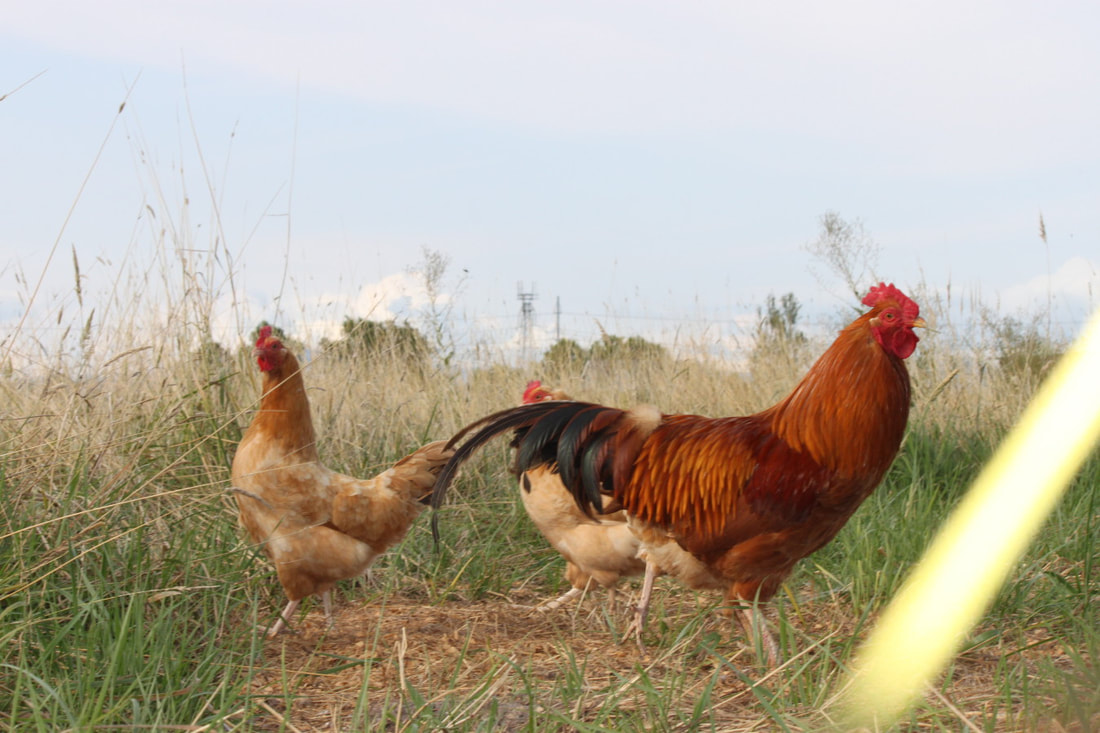
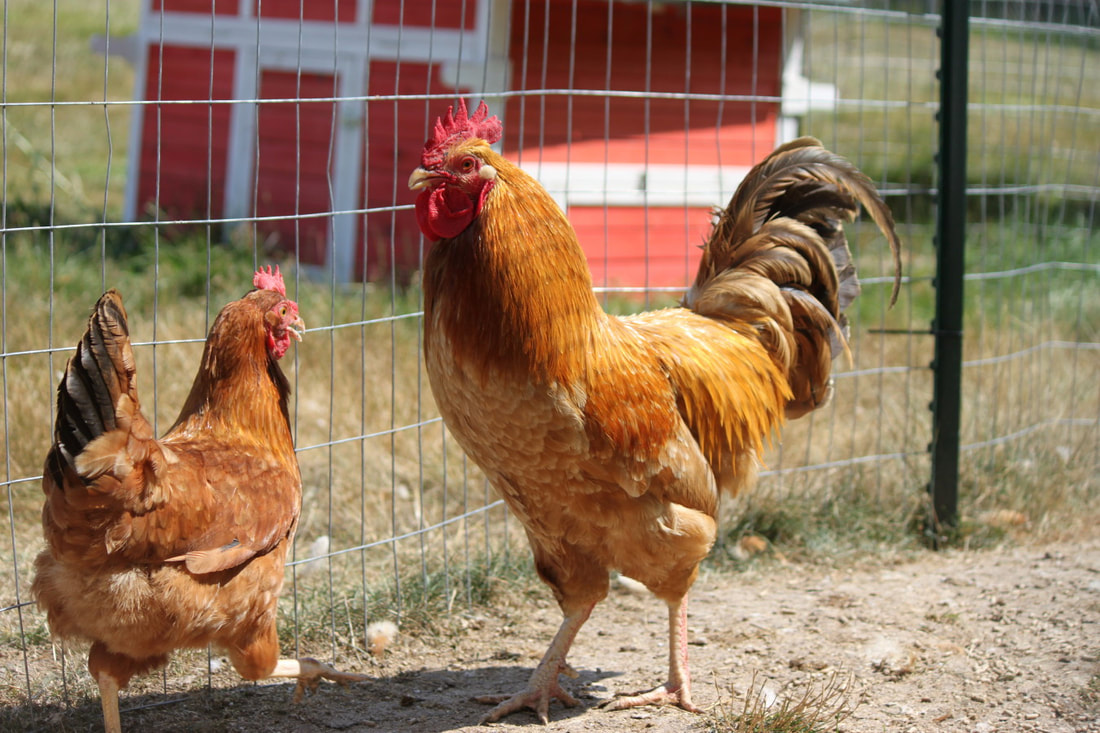
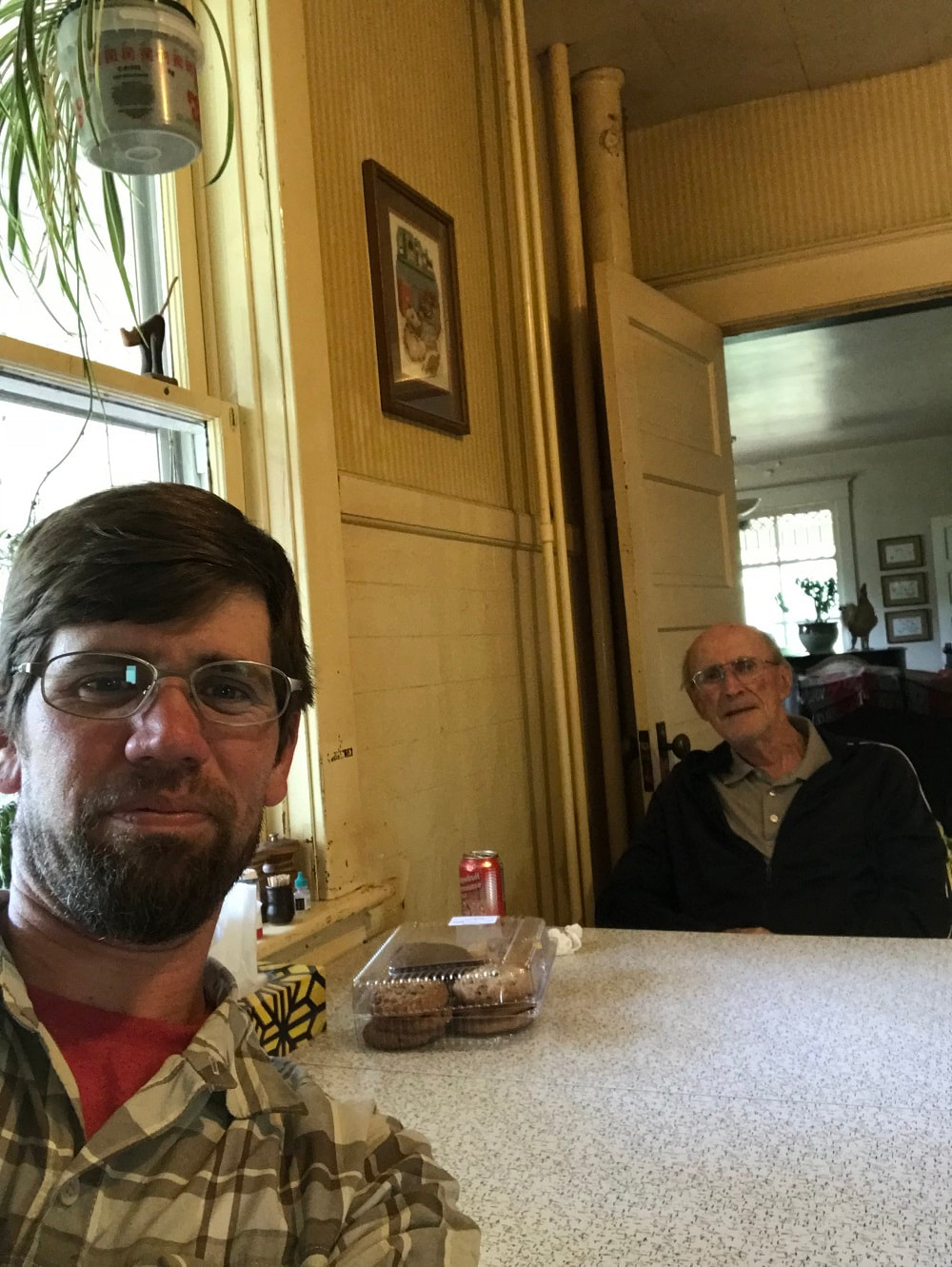
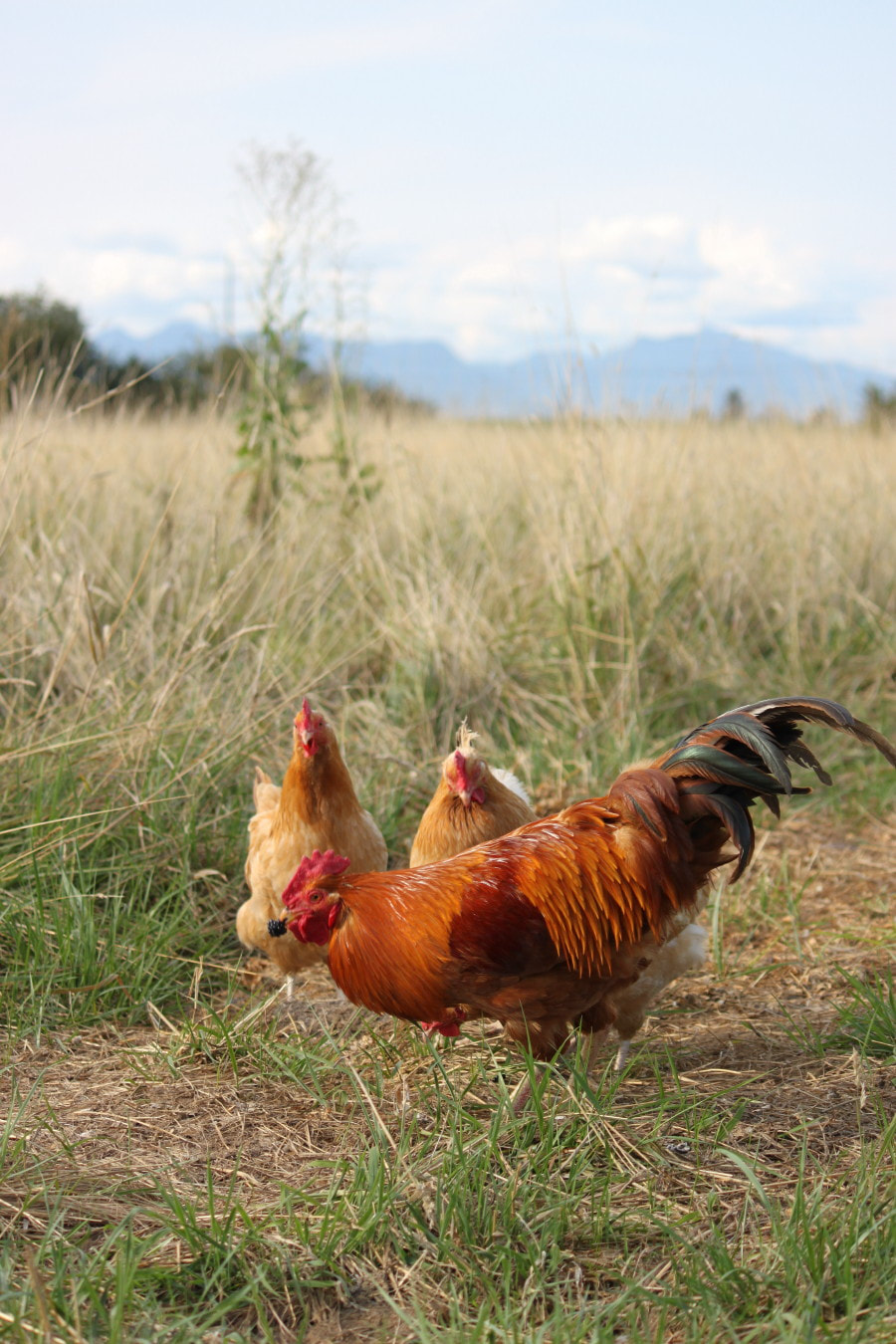
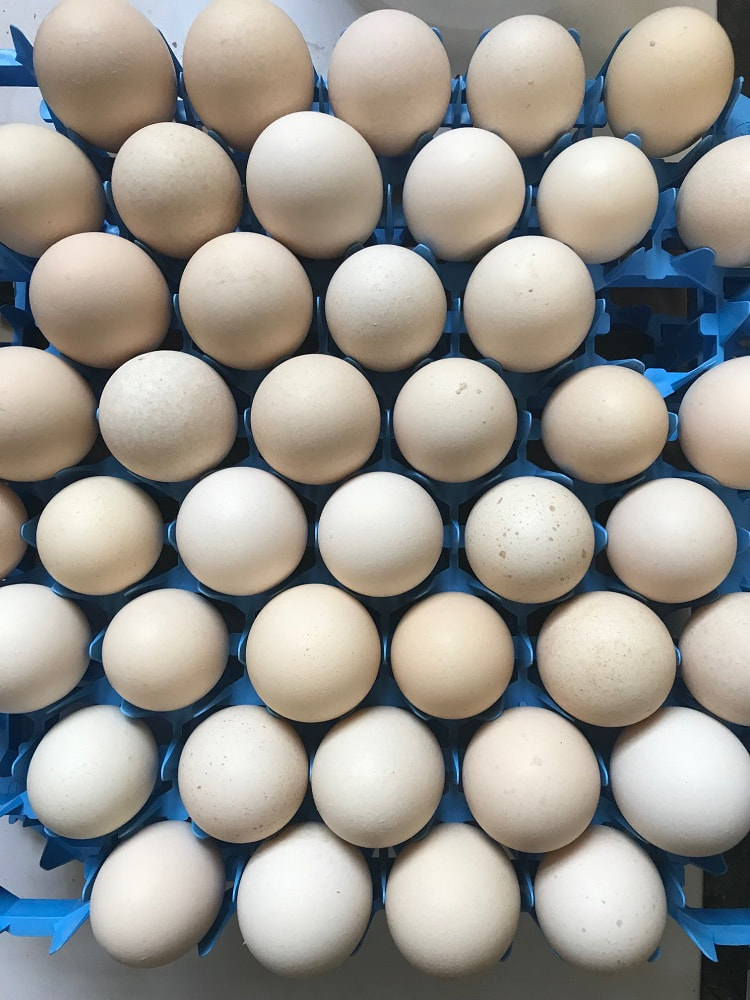
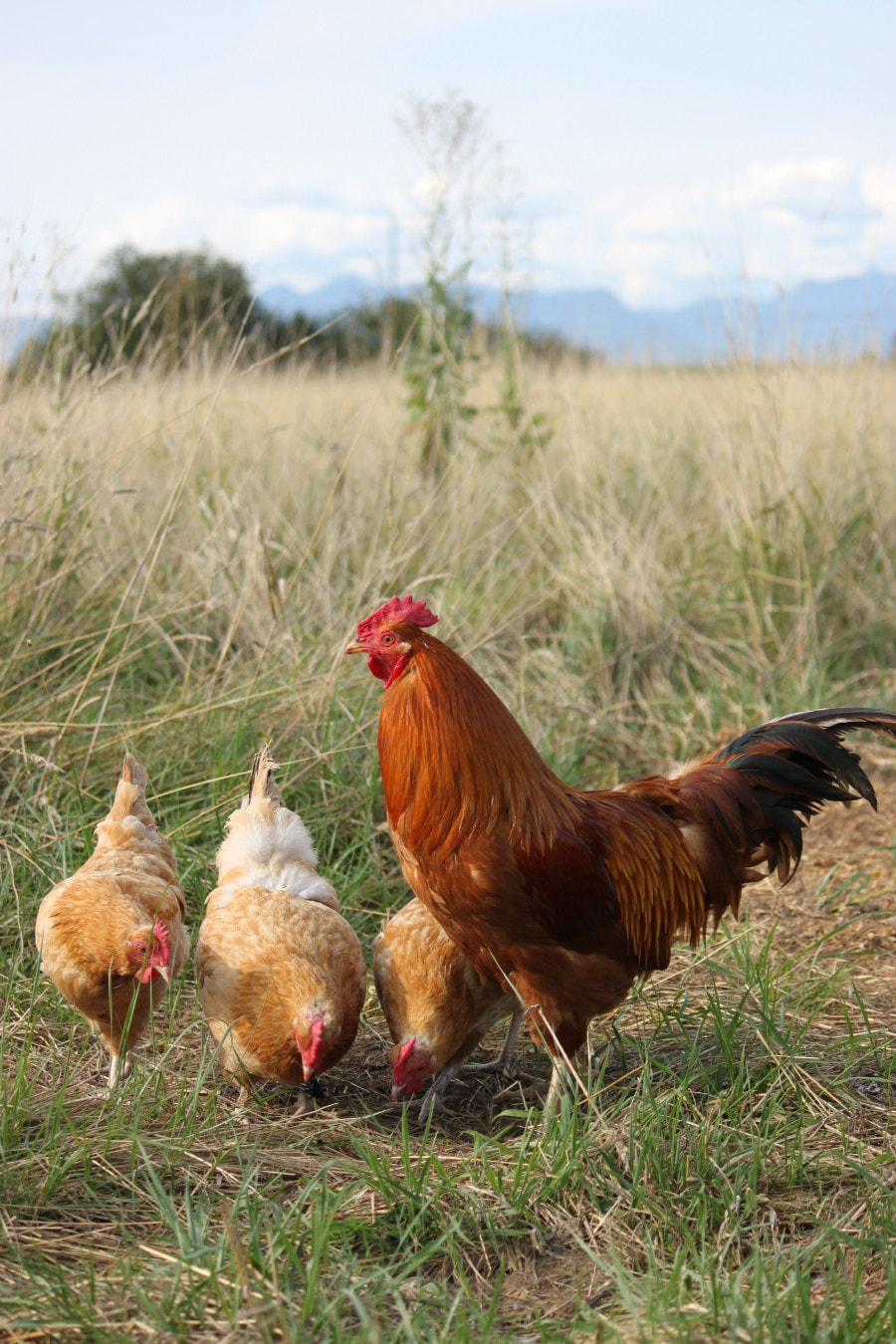
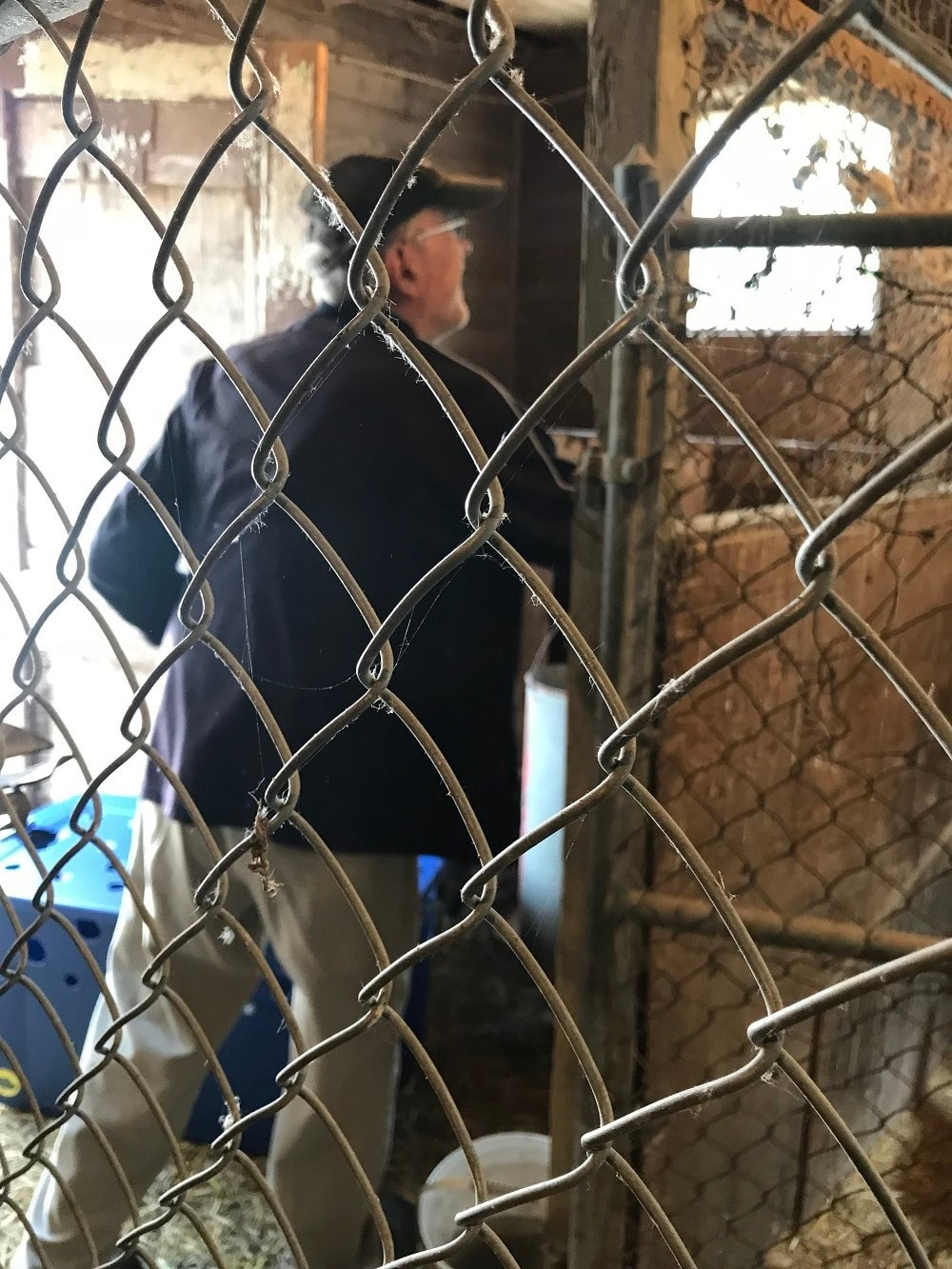
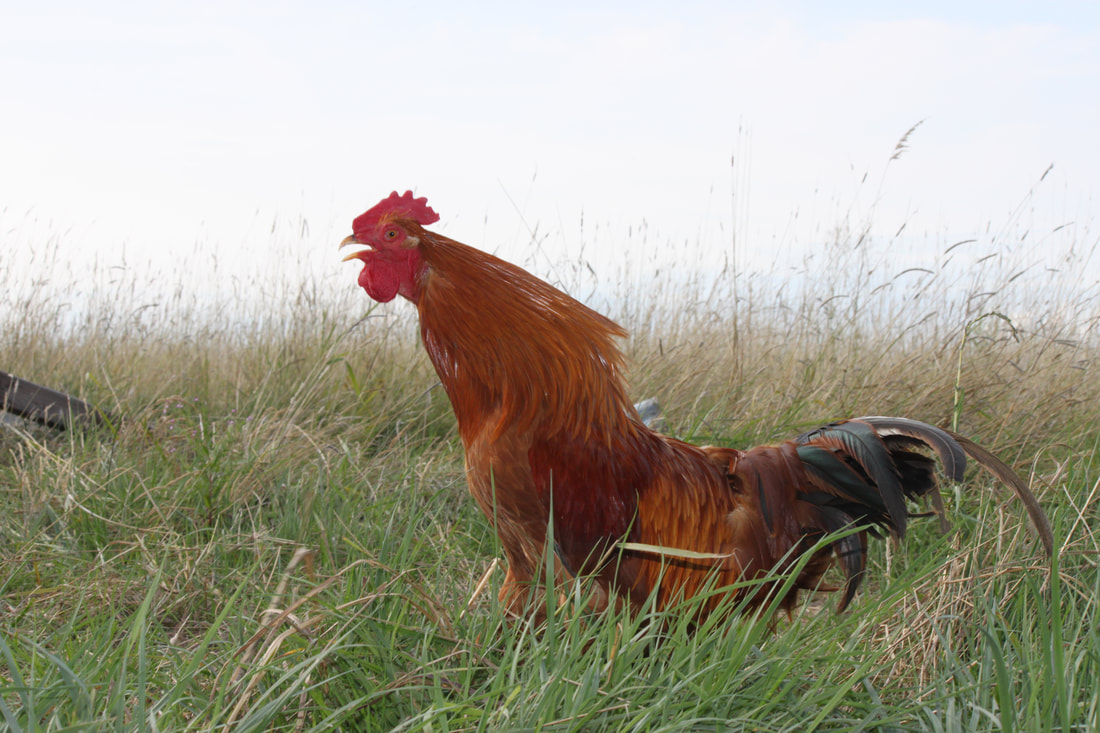
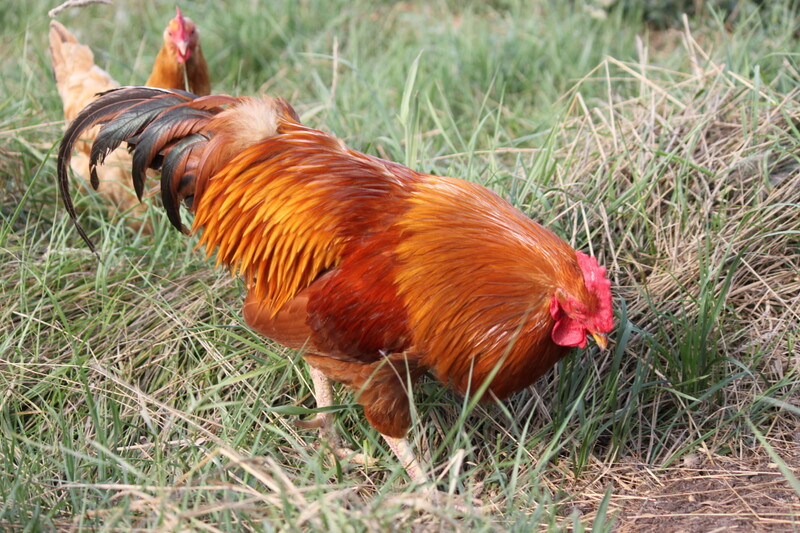
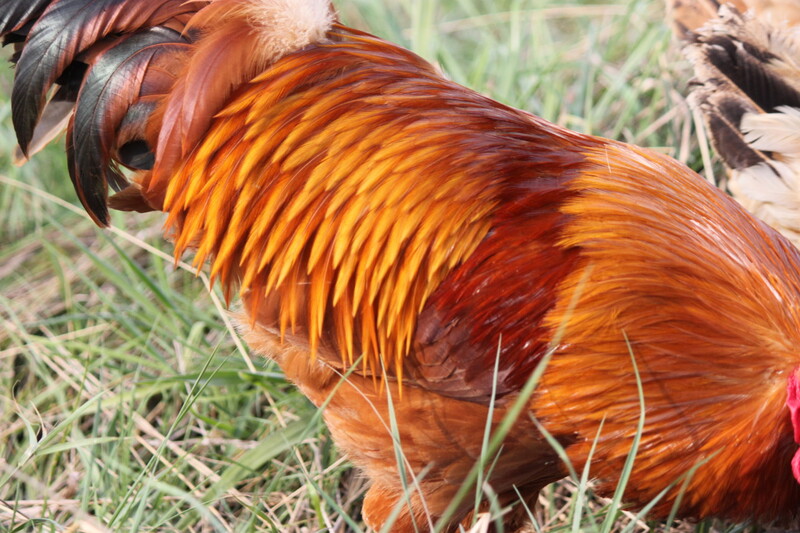
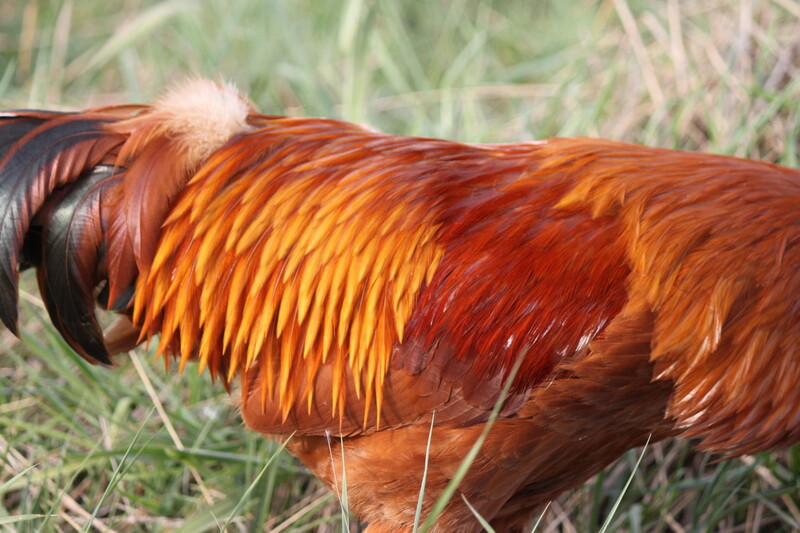
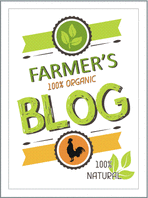
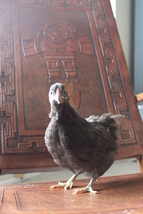
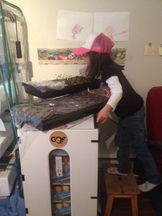
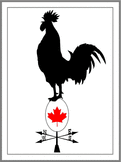
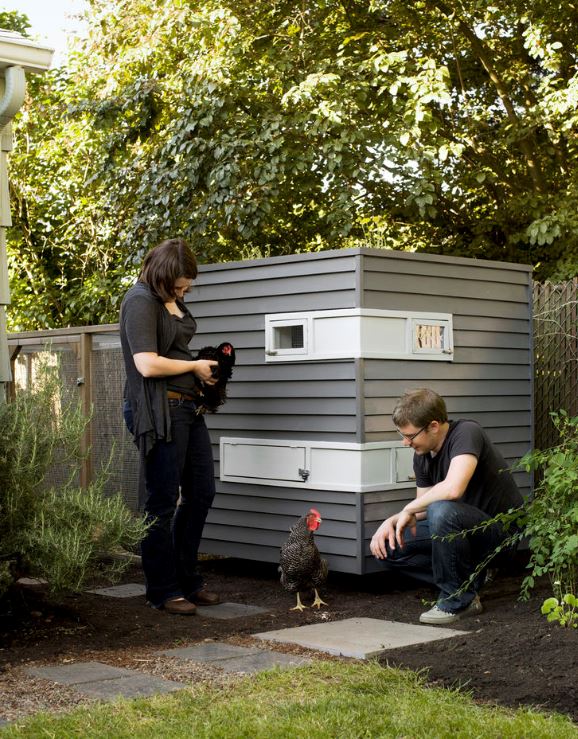
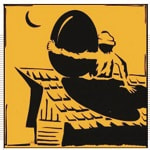

 RSS Feed
RSS Feed